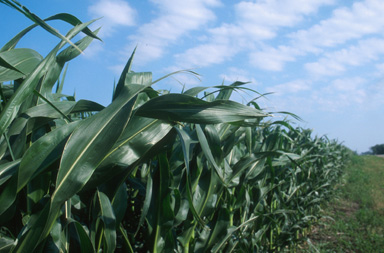
Agricultural News
Reducing Insurance Subsidies for Wealthy Farmers Could Save Millions Annually
Tue, 09 Sep 2014 15:13:23 CDT

Reducing Crop Insurance subsidies for America's wealthy farmers could save hundreds of millions annually for taxpayers, according to a new report from the Government Accountability Office (GAO). GAO's report examined the effects of reducing the federal subsidy for crop insurance revenue policies, and found possible savings of nearly $2 billion per year with little effect on farmers' total production cost per acre.
"This report provides us a blueprint on how to save hundreds of millions of dollars with little impact on our farm industry." Dr. Coburn said. "The Federal Government needs to get out of the business of subsidizing the wealthiest farmers."
GAO's report notes that the cost to the federal government of the crop insurance program increased from an average of $3.4 billion per year from 2003 through 2007 to an average of $8.4 billion per year from 2008 through 2012, peaking at $14.1 billion in 2012, a new record. During this time period, the rate of premium subsidies provided by the federal government increased from 37 percent to 63 percent and the amount of acreage covered by the program increased dramatically, all while the farm industry was bringing in record profits.
The GAO report also found median farm household income was significantly higher than median income for all U.S. households in 2012. While the median income for all U.S. households was $51,017, households associated with farms specializing in cash grains such as corn or soybeans had a median household income of about $82,300 and farms specializing in a few choice crops (rice, tobacco, cotton, and peanuts) netted a median income of $101,400. Success does not need a government subsidy.
Click here to read the latest GAO report.
WebReadyTM Powered by WireReady® NSI
Top Agricultural News
More Headlines...



















